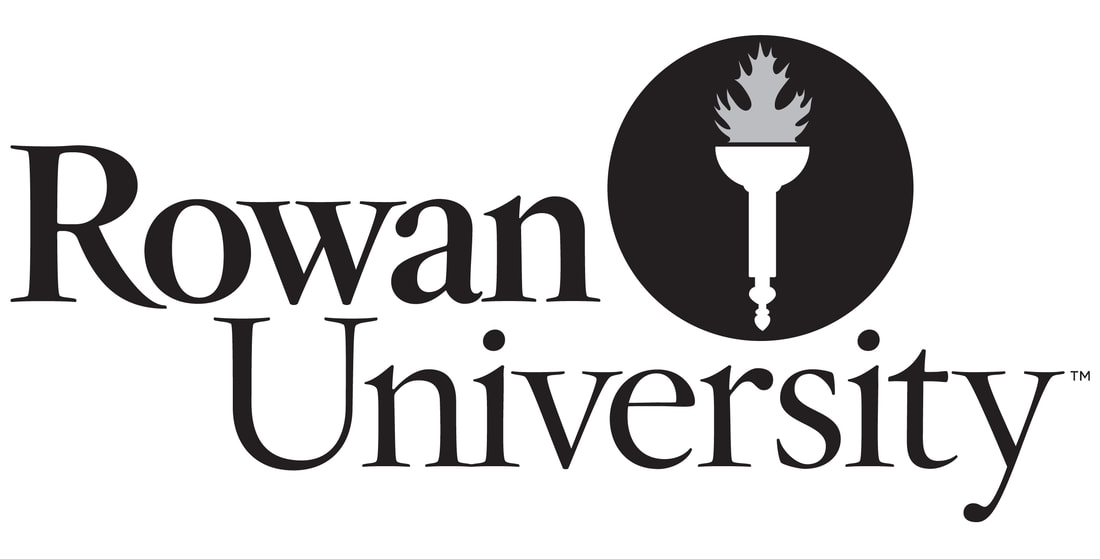 by Dina Folgia When I was a child, I existed in a world ruled by print. If I wasn’t consuming media that had a front and back cover, chances are I wasn’t consuming it at all. I indulged in the occasional cartoon, maybe a movie or two every now and again, but by the time I was twelve my library of books far outweighed my library of DVDs. I was insatiable, unshakable, and I couldn’t picture myself growing up to craft anything besides literature. As I entered into my college experience and began to study writing as a possible career path, however, I was faced with a dilemma. After spending four years studying and dedicating myself to the craft, I began to grow complacent in the area of print media. It seemed like all my creative writing-based classes were teaching the same things, and that was based in creating publishable material and helping writers grow a thick enough skin to brave the cold, uncaring world of print writing. It wasn’t until I added on a media writing concentration and took several Radio, TV, and Film classes that I began to realize why I—and many of my peers—had grown so incredibly tired of print.  Print is a stagnant, unchanging form. It has been around for centuries, and for the duration of its rule over written creativity, it had a monopoly on the spread of information. Writers have been trained for dozens of decades to bow to that inky god, whether it was by becoming a journalist, a novel writer, or some sort of layout editor for a major publication. There simply wasn’t an alternative. If you wanted to be a successful author, you had to write the Great American Novel. If you wanted to be a famous journalist, you had to work for the New York Times and pray to get your name stamped at the head of page six. This was simply the way of the world. The internet changed everything. Information became universal, accessible, digitized. Circulation was suddenly measured in bytes rather than copies, and readership was based on hits and not unit revenue. Where previously the only methods of information-spreading were tangible, a new age of impalpable understanding was ushered in making way for innovations in informative technology. Communication was changed at its core, and with that came an influx of platforms in which creativity could thrive. It began, as I learned, with audiobooks. Audiobooks had previously been clunky, unwieldy things that were used almost exclusively by the hard of sight. I remembered my nan having them on cassette, checked out from libraries with abysmally small collections. After the advent of the internet and the rise of the handheld mobile device, however, audiobooks began to explode in popularity on streaming services like Audible, Google Audiobooks, and Downpour. The need for audio producers, editors, and adaptors came about in response to this, creating jobs for those writers and creators who were technically inclined. Companies even began using the voices of famous actors to draw in listeners, so readers could not only absorb the content they loved, but they could be fed it by their favorite Hollywood voices.  Once the popularity of audiobooks had been established and it became apparent that there was a market for audio-based content, podcasting began to rise in listenership. Previously podcasts were, like audiobooks, extremely niche, and they didn’t have nearly the history that audiobooks had. Podcasts really only existed as MP3 files in the early 2000’s as a form of weblogging, and became only slightly more relevant with the invention of the iPod. It was through this jump to Apple that podcasts really began to gain traction, and casts like NPR's Serial and This American Life gained a significant following. Since then, a brand new niche called narrative podcasting has burst onto the digital stage, mainly through cult followings and fan participation in web-based audio content. Narrative podcasts have, in the last seven to eight years or so, become immensely popular as alternative forms of content creation, and writers from all sorts of genres have flocked to audio production as a means of expanding their creative vision. Podcasts like Welcome to Night Vale and The Adventure Zone have transcended their individual cult audio followings into print and live media, using a combination of humor and bizarre storytelling to enhance their listener’s experience. Horror, which was a dying medium in print for decades, had new life breathed into it through podcasting as well. Casts like Alice Isn’t Dead, The Magnus Archives, and The NoSleep Podcast experienced huge success by capitalizing on the thrill of traditional horror stories, but revolutionizing the genre through enhanced audio experiences. Using auditory platforms, viewers are treated to not only a chilling narrative, but spooky vocal performances, heart-stopping sound effects, and horrifying sound manipulations which serve to enhance the horror experience in a way that print was entirely unable to do. The appeal of podcasting seems to be getting wider and wider as the years progress. The draw of these digital stories seems to be based in the sheer intimacy that they provide each individual listener. This is especially true with horror podcasts and recorded horror audiobooks. It gives the tales a sort of told-around-the-campfire quality that isn’t easily replicated on a page or in a packed theater. Podcasts are designed to be experienced alone, either in the car on the way to work or through a set of headphones on a rainy Sunday. Podcasts also harness the sort of ambient sound, like music, that films use to create a sense of suspense or tension, without giving the visual cues. Occupying one sense and providing a full horror-based experience in that single way makes participating in the media that much more bone-chilling. It’s no secret that print media is on the out. It will never go away, not completely, but the shift to the digital sphere has removed the emphasis from physically published content. Audio has already begun to breathe new life into old genres like horror, and is extending far beyond the conversational sphere and into the world of narrative. Writers would be foolish to overlook this massive new platform for creativity.
0 Comments
Leave a Reply. |
Archives
July 2024
Categories
All
|
|
Glassworks is a publication of Rowan University's Master of Arts in Writing 260 Victoria Street • Glassboro, New Jersey 08028 [email protected] |
All Content on this Site (c) 2024 Glassworks
|

 RSS Feed
RSS Feed
